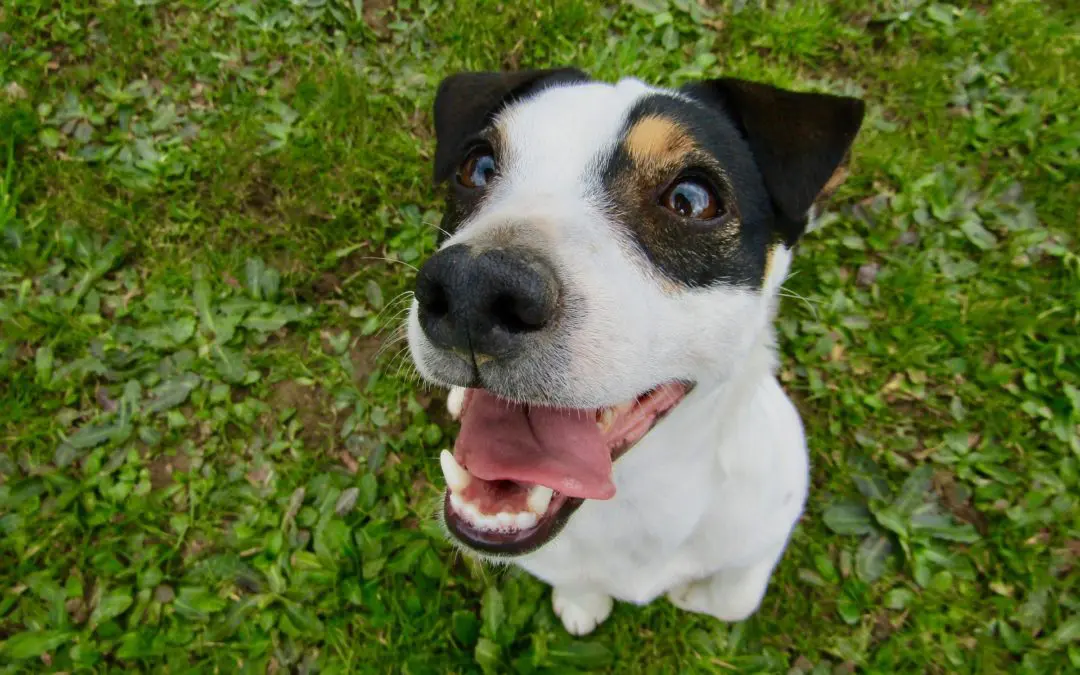In a previous blog post we discussed the importance of your pet’s dental health. The statistics show that up to 80 percent of dogs and 70 percent of cats have some kind of oral disease by the age of three. Wow, that’s a staggering statistic! Especially when you consider that the toxins from pet periodontal disease (gum disease) can enter the bloodstream and cause damage to other organs in Fido or Fluffy’s body. At East Valley Animal Hospital (serving Gilbert, Chandler and Mesa) we take your four-legged friend’s dental health seriously. And adding in a daily tooth brushing routine is at the top of our pet dental hygiene tips.
Start Brushing Your Pet’s Teeth When They Are Young
Like any type of training you do with your pet, it’s easier to start brushing your pet’s teeth when they are young and impressionable. By starting early, you can create a positive association with the routine and use the activity as a bond-building opportunity. If you’re a new pet owner, we always recommend starting a tooth brushing routine when your pet is young. However, if you’ve had your pet for several years or they are older, hope is not lost! It just might take a little more time and extra love and care to help your pet adjust to a new routine. And as your local pet loving veterinarians in Gilbert, we’re always here to help!
How To Start Brushing Your Pet’s Teeth
Practically speaking, how do you start an oral home care plan that includes brushing your pet’s teeth? It’s unlikely that your pup or feline is going to suddenly let you stick a toothbrush in their mouth and scrub around. So our recommendation is to take it step-by-step:
Step 1: Buy a yummy flavored pet toothpaste—think chicken or tuna—and place a pea-sized amount in their mouth or on their teeth. Immediately reward them for this behavior and carry on for the next several days at the same time every day.
Step 2: Starting with a fingertip toothbrush that will allow for more control on your part, gently introduce the brush to your pet’s mouth. Again, immediately reward for good behavior and repeat for several days, allowing your fluffy friend to get accustomed to having your hand in their mouth.
Step 3: Combine steps one and two and slowly begin to introduce tooth brushing to your pet. Apply gentle pressure as you move in a circular motion from gumline to tip of tooth. Repeat daily for best results.
Positive Reinforcement is Key
It’s important to note here that if your pet resists the toothbrushing process at any point in time, you should not force an activity on them. Take a break and come back later, or even the next day. And remember, we can’t say it enough when training your pets, give positive reinforcement only for good behavior and never give negative reinforcement or feedback such as hitting or raising your voice. Negative reinforcement will only encourage bad behavior.
What if brushing your pet’s teeth is just not working out? The good news is that there are other products out there such as dental chews or specific foods that can help remove plaque from your pet’s teeth, if used on a regular basis. Another important aspect of keeping your pet’s teeth and gums happy and healthy is their regular dental cleaning and checkup. We recommend visiting our East Valley Animal Hospital in Gilbert for your pet’s full oral checkup and cleaning once a year.
Images used under creative commons license – commercial use (1/7/2019) Pixaby

